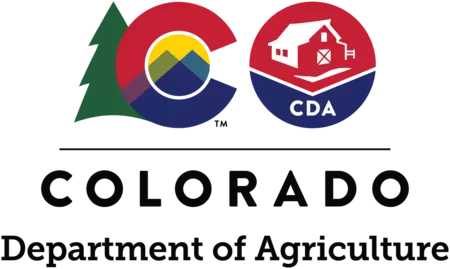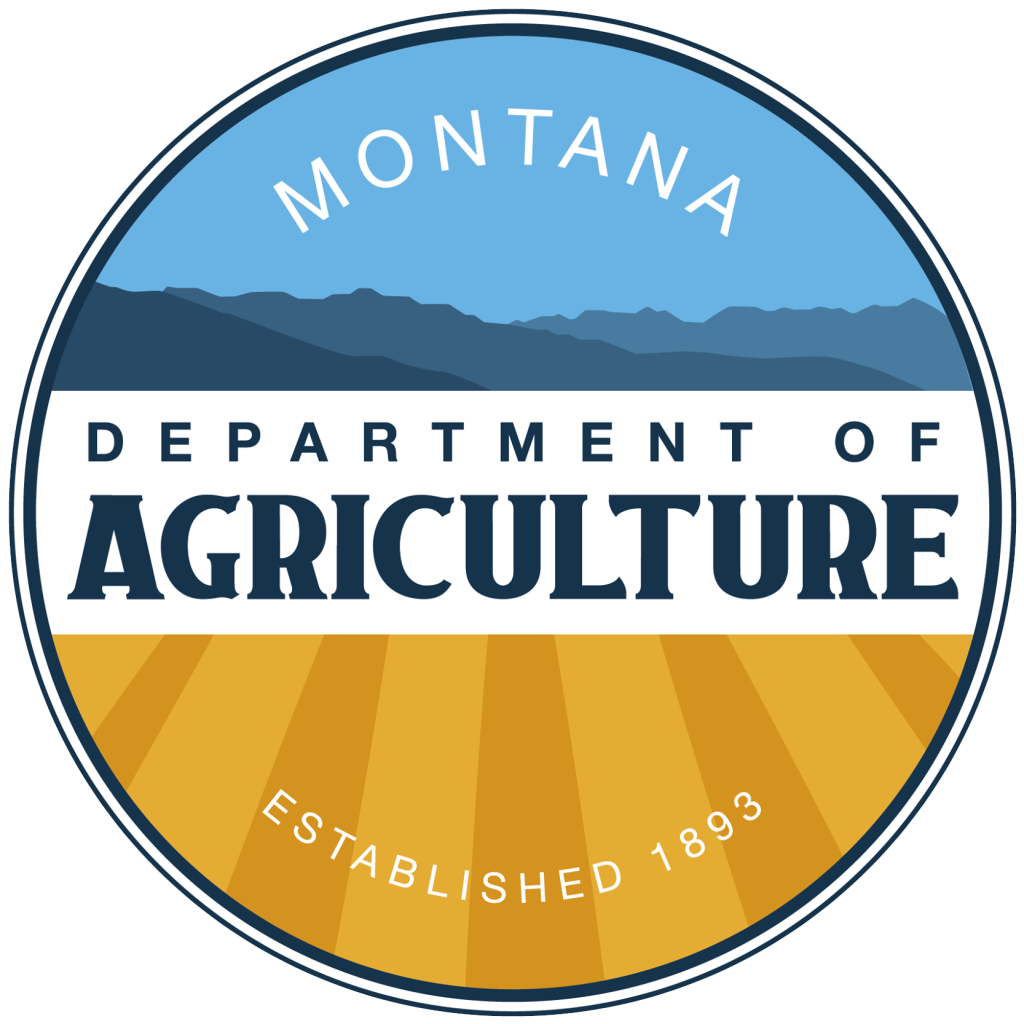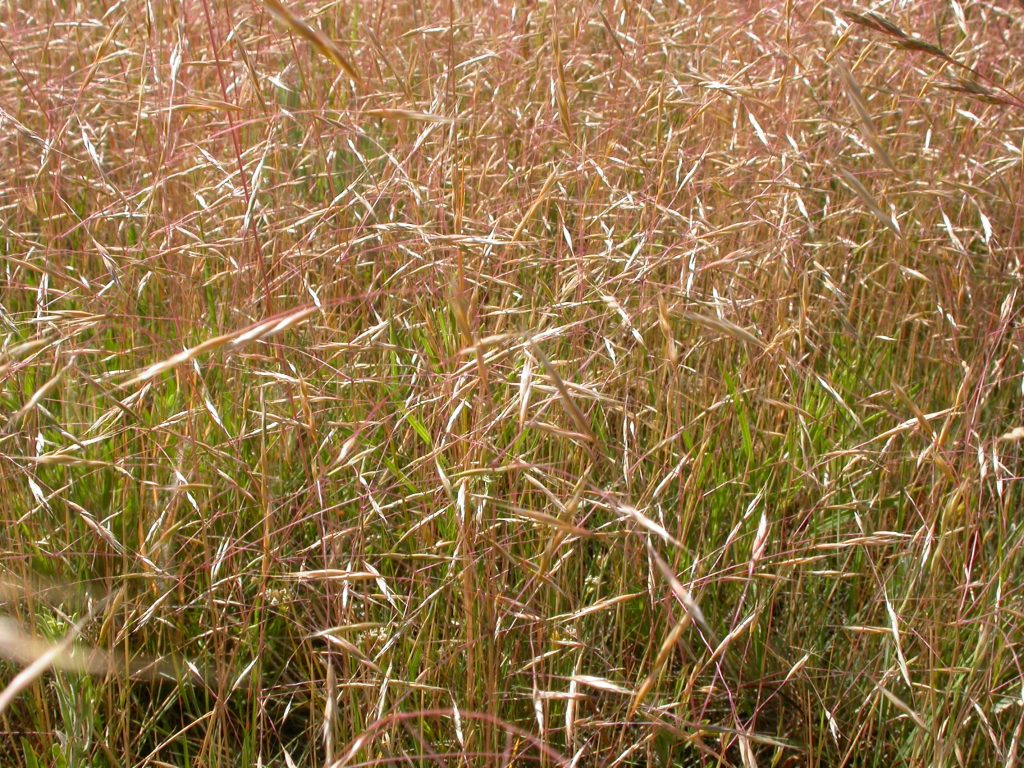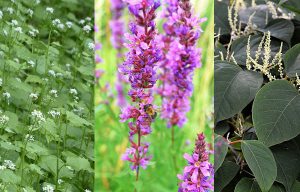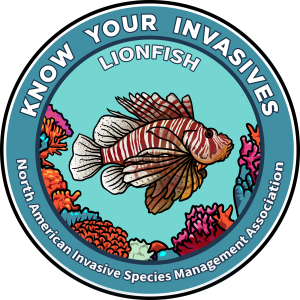In our interconnected world, the introduction of non-native species can have far-reaching consequences for the environment. One such invader that demands our attention is Ventenata dubia, commonly known as ventenata or wiregrass. This invasive grass species has been silently spreading across the Pacific Northwest, posing a danger to plants and animals alike.
Understanding Ventenata dubia
Ventenata dubia is an annual grass native to the Eastern Mediterranean and affecting Europe, Africa, and Asia. It was first introduced to the United States as a forage crop in the early 1900s, but has since escaped cultivation and established itself in natural ecosystems. Ventenata dubia is characterized by its wiry stems (for which it’s gained the nickname “Wiregrass”), slender leaves, and unique seed structure. These seeds have an awn, a bristle-like structure that allows them to easily attach to animals, machinery, and clothing, aiding their dispersal over long distances.
The Ecological Impact
Displacement of Native Species: Ventenata dubia outcompetes native grasses and forbs due to its aggressive growth and ability to establish dense stands. This disrupts the natural balance of ecosystems, leading to reduced biodiversity and the loss of critical habitats for native plants and animals.
Altered Fire Regimes: This invasive grass dries out earlier than other local grasses and becomes highly flammable in areas where it has invaded. Ventenata dubia’s ability to carry fire rapidly across landscapes makes it a dangerous fuel source, threatening both natural and human communities.
Reduced Forage Quality: Ventenata dubia poses a serious threat to livestock and wildlife grazing areas. The plant can take over quickly and decrease forage by 70%. It also is less nutritious than native grasses.
Agricultural and Economic Consequences: Ventenata dubia has the potential to invade agricultural lands, reducing crop yields and increasing production costs. Its presence can also affect the quality and marketability of hay and forage products, leading to economic losses for farmers and ranchers.
Management and Prevention
Early Detection and Rapid Response: Quick identification and eradication of Ventenata dubia populations are crucial to prevent its spread. Monitoring efforts should focus on vulnerable areas, such as roadsides, disturbed habitats, and areas near infested sites where seeds may have spread.
Integrated Weed Management: Employing a combination of control methods is essential for managing Ventenata dubia effectively. Techniques like herbicide application, mowing, controlled burns, and targeted grazing can help reduce its establishment and spread.
Public Awareness and Education: Increasing awareness among landowners, land managers, and the general public about the dangers of invasive species like Ventenata dubia is essential. Educating land stewards on proper seed cleaning protocols and equipment cleaning practices can significantly reduce the unintentional spread of this invasive grass.
Collaboration and Research: Collaboration between researchers, land managers, and government agencies is crucial to curbing the spread of Ventenata in the future. Continued research on the biology, ecology, and control methods of Ventenata dubia will provide valuable insights for long-term prevention and control efforts.
Petition for NAISMA’s Weed Free Products (WFP) Program
The Montana Department of Agriculture petitioned for Ventenata dubia to be added to the North American Invasive Species Management Association prohibited weed list due to its potential to quickly displace native plant species, degrade agricultural land, increase soil erosion and decrease wildlife habitat and recreation opportunities. The lands are vital for agricultural production and protecting the integrity of the ecosystems. Adding Ventenata to the NAISMA Prohibited Weed List improves the chances to contain and reduce the spread by limiting seed source spread and encouraging the use of weed free forage, mulch and gravel; as contamination is suspected as a major source of spread between states. More information about that petition can be found here.

Additionally, as part of NAISMA’s “Know Your Invasives” campaign, an exclusive Ventenata t-shirt is on sale for a limited time to help raise awareness about this invasive species. Every t-shirt sold helps to support NAISMA’s work to prevent the spread of invasive species. Plus, new NAISMA members get a free year Pro NAISMA Membership with their t-shirt purchase!
Visit the NAISMA shop to buy a t-shirt: https://shop.naisma.org/products/ventenata-plant-t-shirt-by-naisma
Together, we can help to prevent the spread of Ventenata dubia grass and protect our native ecosystems.
Sponsored by: Colorado Department of Agriculture, Montana Department of Agriculture and Nevada Department of Agriculture
